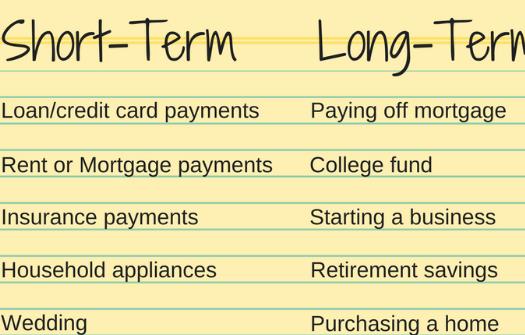How Do You Define a Short Term Goal and a Long Term Goal?
Understanding the distinction between short term and long term goals is fundamental for successful strategic planning in both personal and professional realms. This article delves into the definitions of these types of goals, their unique characteristics, and the roles they play in achieving overarching objectives.

Defining Short Term Goals
Short term goals are objectives set to be achieved in the near future, typically within a period ranging from a few days to no more than a year. These goals are crucial for driving immediate progress and are often used as stepping stones toward larger, long term goals.
Characteristics of Short Term Goals:
- Time Frame: Generally completed within a year.
- Specificity: Highly specific with measurable outcomes to ensure clarity and accountability.
- Immediate Impact: Designed for quick results, providing motivation and a sense of accomplishment.
Examples of Short Term Goals:
- Increase monthly sales by 10% within the next three months.
- Complete a specific project by the quarter’s end.
- Reduce personal expenses by $300 over the next two months.
According to research, approximately 68% of individuals who set short term goals report feeling more focused and motivated as they provide immediate feedback and visible results.
Defining Long Term Goals
Long term goals are expansive objectives intended to be achieved over an extended period, typically several years to a decade or more. These goals require sustained efforts and are often visionary, shaping the broader trajectory of an individual's or organization's future.
Characteristics of Long Term Goals:
- Extended Time Frame: Spanning several years to decades.
- Complexity: Often involve multiple interconnected steps and require ongoing dedication.
- Strategic Impact: Have a significant, long-lasting impact on personal or professional growth.
Examples of Long Term Goals:
- Achieve financial independence within the next 15 years.
- Grow a start-up into a market leader over the next decade.
- Master a new language fluently within five years.
Studies show that individuals who set long term goals are 10 times more likely to achieve a higher degree of success later in life compared to those who focus only on short term objectives.
Integrating Short Term and Long Term Goals
The most effective strategic plans integrate both short term and long term goals. Short term goals provide immediate targets and quick wins that boost morale and ensure progress, while long term goals offer a visionary outlook and guide larger life or business strategies. This combination ensures continuous motivation and adjustment towards ultimate success.
Why Short Term Goal and Long Term Goal Are Essential
In conclusion, both short term and long term goals are indispensable in the pursuit of success. Short term goals allow for immediate progress and adaptability, keeping individuals and teams focused and efficient. Long term goals, on the other hand, provide direction and a sense of purpose, driving strategic planning and long-term sustainability. Together, these goals create a balanced and dynamic roadmap that caters to immediate needs while also setting the stage for future achievements.